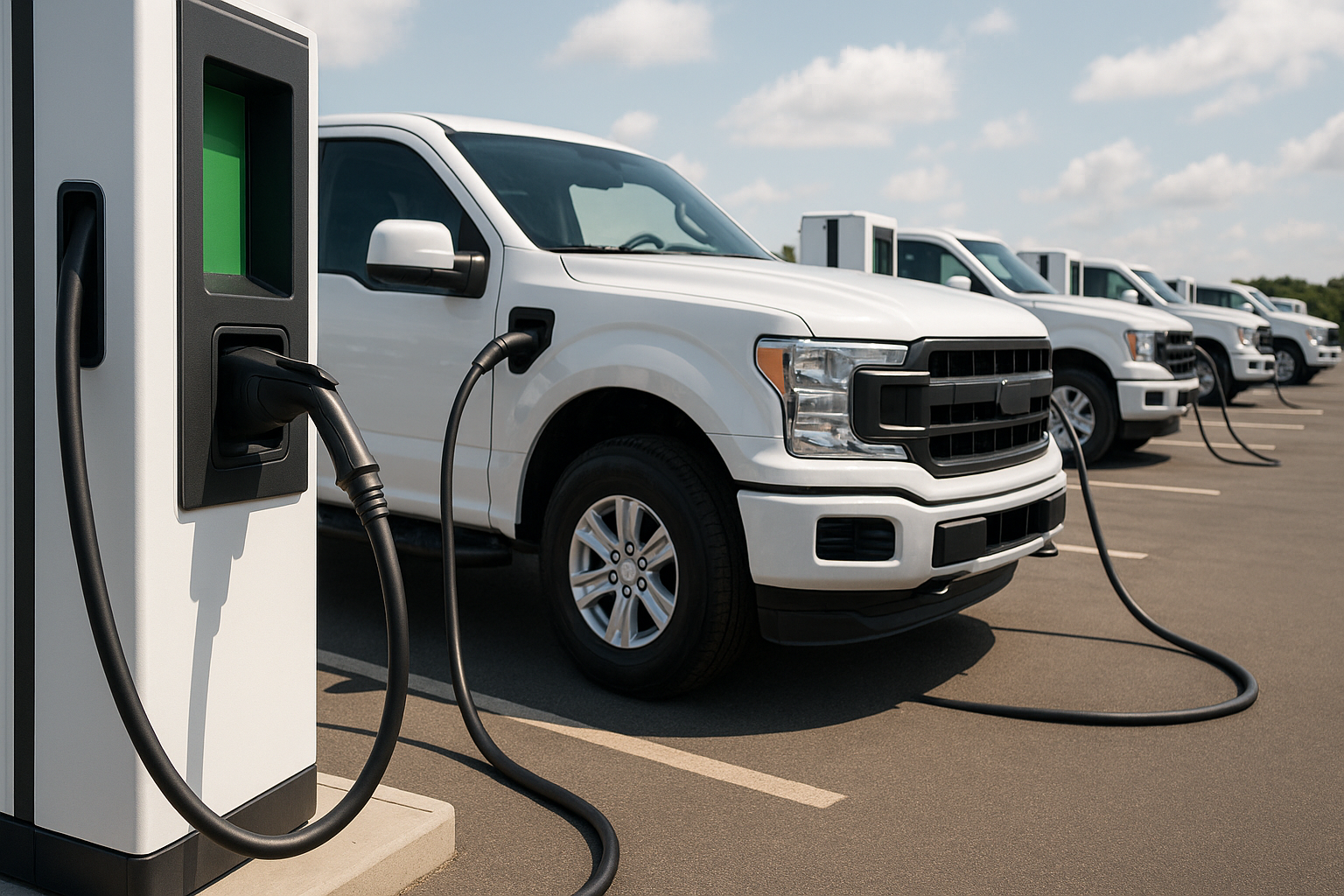Load Management API by eDRV
.png)
Power flowing through your fingertips. Whether you’re a world-class fleet or servicing hundreds of EVs in an apartment building, eDRV’s Load Management API will grant you complete control to distribute power dynamically to your customers. Read on to find out how.
EV charging stations that are looking to scale will eventually need to address the problem of how to distribute power. Moreover, this distribution of power has to make business sense as well as address pressures on the grid. This is where Dynamic Load Management comes in.
By precisely diverting energy to specific charge stations at specific times, networks can save time and money while keeping their customers or fleets charged. In this article we introduce the importance of Dynamic Load Management and why the eDRV Load Management API can achieve that for your network.
Why Dynamic Load Management?
Dynamic Load Managment (DLM) is the ideal solution for networks looking to scale their EV charging network infrastructure as it allows charge point operators the opportunity to leverage smart charging to effectively monitor and remotely limit power consumption when necessary.
A common scenario that arises for DLM is with a fleet operator managing a charging depot. Given the depot will be restricted in its power supply during the day, it pays to monitor the energy usage and respond if a surplus of vehicles are drawing excess power.
Consider a fleet depot with 8 charging ports with one port per charging station that is rated to deliver 7kW of power. Each of these charging stations have a minimum capacity of 5kW and the maximum capacity of the power source is 30kW.
If 4 EVs were charging at the same time, then it could easily draw 28kw (7x4) on a grid that had a maximum capacity of 30kw.
If a fifth fleet EV was to start charging then the DLM kicks in and distributes the power equally among the 5 EVs. In this case, the available power of 30 would be divided among the 5 EVs to allow each vehicle to charge at 6kw.
If a further sixth vehicle begins charging then the power will be further restricted to our minimum capacity of 5kw of charging power. As 5x6 is 30kw, all six vehicles can charge at 5kW.
Given that the location is now running at maximum capacity, other vehicles in the fleet looking to charge will have to wait in the queue until other EVs have adequately charged.

How does the Load Management API work?
The eDRV Load Management API is established through the Equal Power Distribution Algorithm that uses Load Management AI to take the difficulty out of complex power calculations. With this powerful feature, users can create load management groups that comprise multiple charge stations and can be situated within the same location. By organizing charge stations into groups, users can effectively manage, monitor and restrict the distribution of power and prevent grid overloading.
With the Load Management API, each group is assigned a maximum capacity, ensuring that the combined power drawn from the group's charge stations remains within safe limits. This approach eliminates the risk of overwhelming the grid.
The best thing about forming load management groups is that they are easily created on the Admin Dashboard.
Under Locations, users select a particular location and click on the load management tab. Click “Create” in the top right corner of the dashboard and fill in details of your load management group. You now have the option of choosing the grid capacity and setting a minimum session power output. You can also select a buffer percentage for the group before clicking create. Watch the video below for an example of a new group being created. You’ll now see the power available to your group to which you can now add charge stations.
Adding chargers to your Load Management group is also easy through the Admin Dashboard. Within your Load Management group click “Add Chargestation” and choose any available charger. If there are no available chargers then you may have to remove a charge station to a different group to add a charger to your load management group.
We hope you found our article useful. Do reach out to us directly to find out more about the eDRV Load Management API and how it can help take your network to scale.
.png)


.png)

.jpg)


